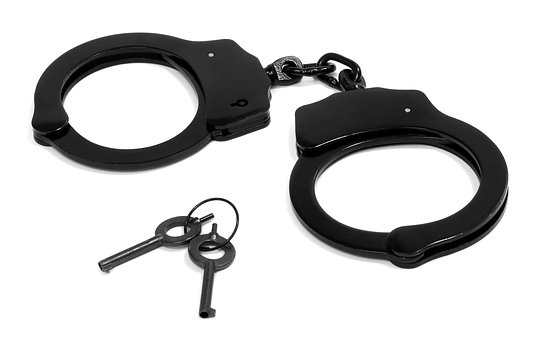Interagency collaboration to reduce crime in New Zealand 2018-198.1
1 February 2018
● Research
This short video case study describes the efforts of the New Zealand “Justice Sector” to reduce crime and criminal reoffending between 2012 and 2016. The Justice Sector consists of several government departments including the Ministry of Justice, the Department of Corrections, New Zealand Police, the Crown Law Office, and the Serious Fraud Office. These five core departments and others in the transport and social sectors worked together and were led by collaborative governance.
This case study explores the policy and procedural basis of the Justice Sector, as well as the leadership behaviours that contributed to its success. The case study broadly concludes that collaborative artefacts (governance, funding arrangements, decision-making authority, terms of reference, secretariat groups, etc.) must be matched to the context of the problem setting and the culture of the participating agencies. In the case of the Justice Sector, the linear dependencies between Police, Courts, and Corrections, gave rise to a “pipeline” concept. The strongly hierarchical and procedural basis of the core departments suggested the need for a regimented and formalised approach to collaboration. As the Justice Sector expands to consider social, health, and educational drivers of crime and criminal reoffending, it faces the new challenge of finding the collective commonality (in content and process) that will bind the broader group together.
- Authors: Rodney Scott, Harvard University / University of New South Wales
- Published Date: 1 February 2018
- Featured Content Length: 1
- Content Length: 1
- Product Type: One-part case, Teaching resource
